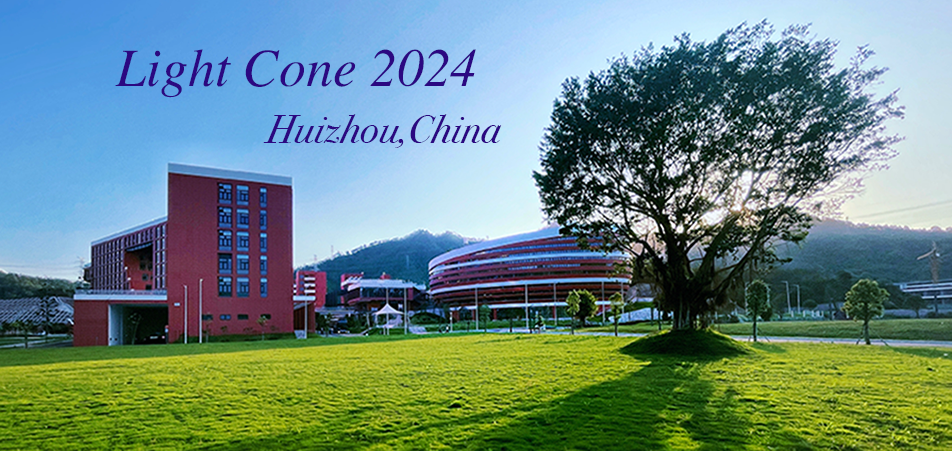Speaker
Description
As the simplest quark-antiquark systems, pions and kaons are pseudo Nambu-Goldstone bosons closely related to the spontaneous symmetry breaking of the strong interaction. The study of their form factors and parton distribution functions is not only key to understanding their internal structures, but also tied to the mechanism of Emergent Hadron Mass, one of the mass generation mechanisms in the Standard Model, together with Higgs boson mechanism. Despite the long-standing discovery of pions and kaons, there is still a lack of understanding of their internal structure and dynamic characteristics, especially given the scarcity of experimental data due to their instability. However, the Sullivan process, taking advantage of the virtual meson cloud of a nucleon, provides a special approach to overcome this difficulty. Such an approach has been validated at HERA, DESY, JLab, and will be adopted by future EIC and EicC to collect more data in a wider kinematic range.
In this talk, I will discuss in detail how EicC can provide a unique platform for studying the structure of pions and kaons, and present their projected results. I will also emphasize the uniqueness of the EicC, and its complementarity to other facilities, such as JLab and EIC.

